Jessy Slim (MArch Architecture 2021)
Photo: PD Rearick
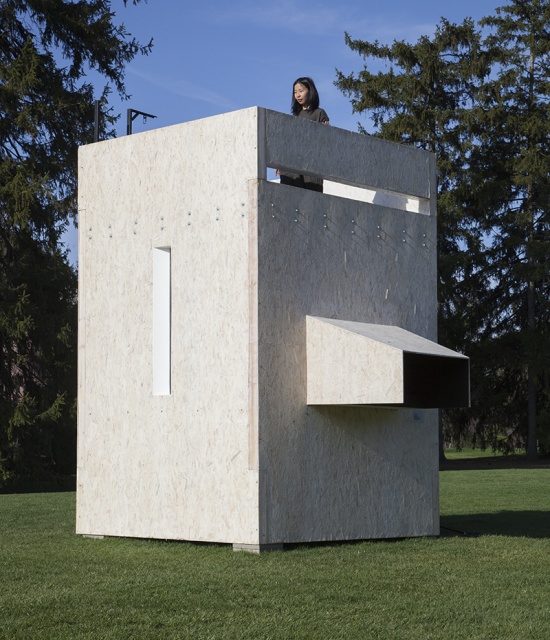


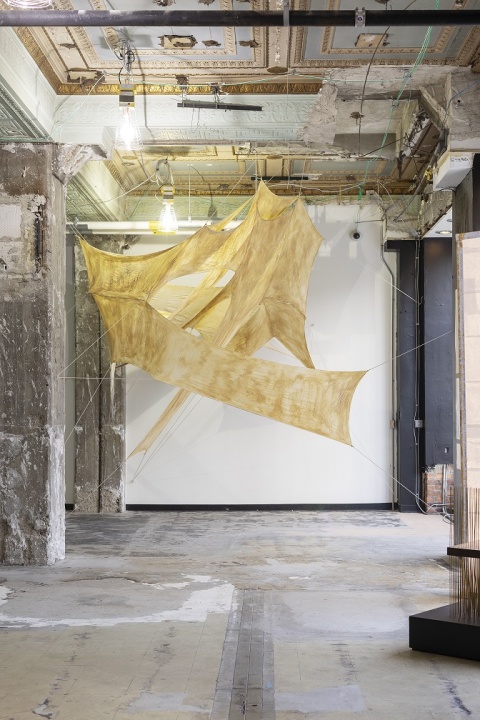
Jessy Slim (MArch Architecture 2021)
Photo: PD Rearick
Architecture at Cranbrook supports individually directed studio-based research in architecture, urbanism, and related forms of spatial practice. Our model is designed to support expansive approaches to the field of architecture within the interdisciplinary context of a graduate art academy.
Together we explore architecture as a physical environment, collective experience, critical framework, material ecosystem, cultural construct, collaborative model, and social act. As a practice-based approach to teaching and learning, the studio is an active laboratory for exploring these and other perspectives through self-directed, project-based work.
Founded on a culture of making, the Architecture department is deeply invested in material experimentation as a catalyst for inventive design research. Exploring ideas in this way also provides a critical framework to consider the material impacts of architecture within wider urban, social, industrial, and ecological contexts.

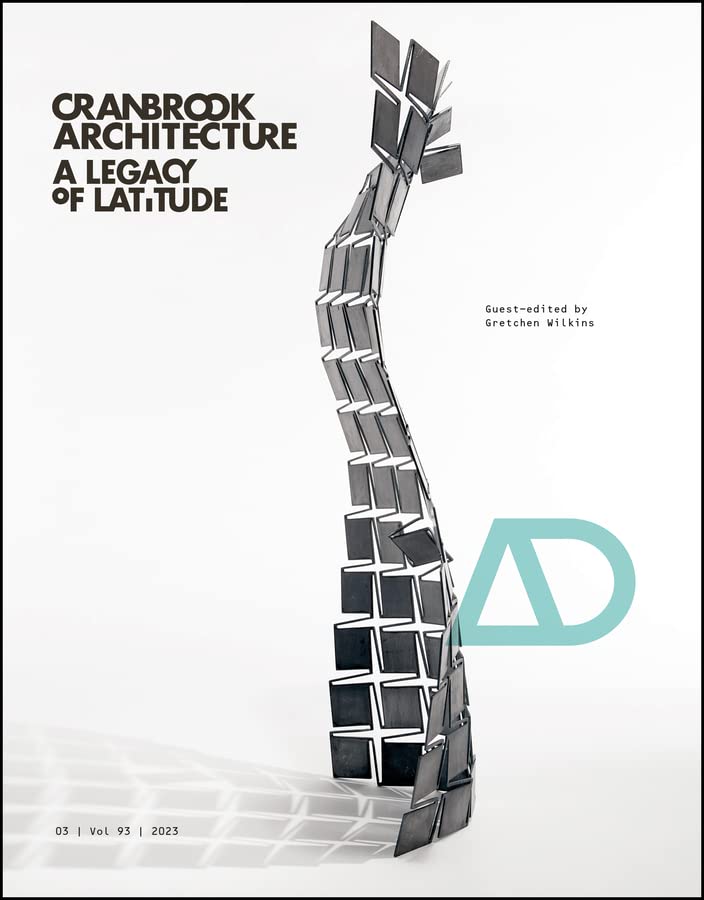
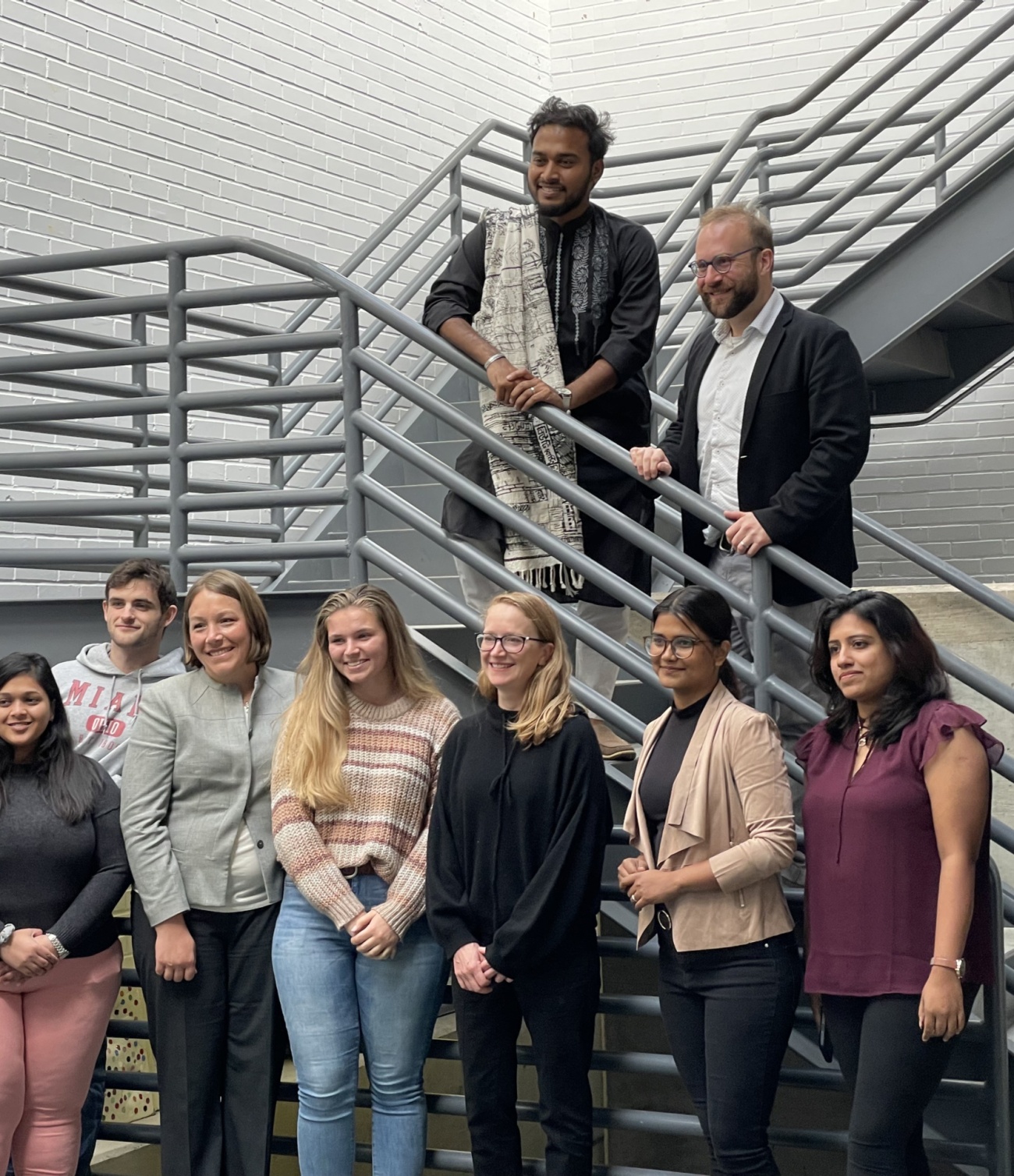
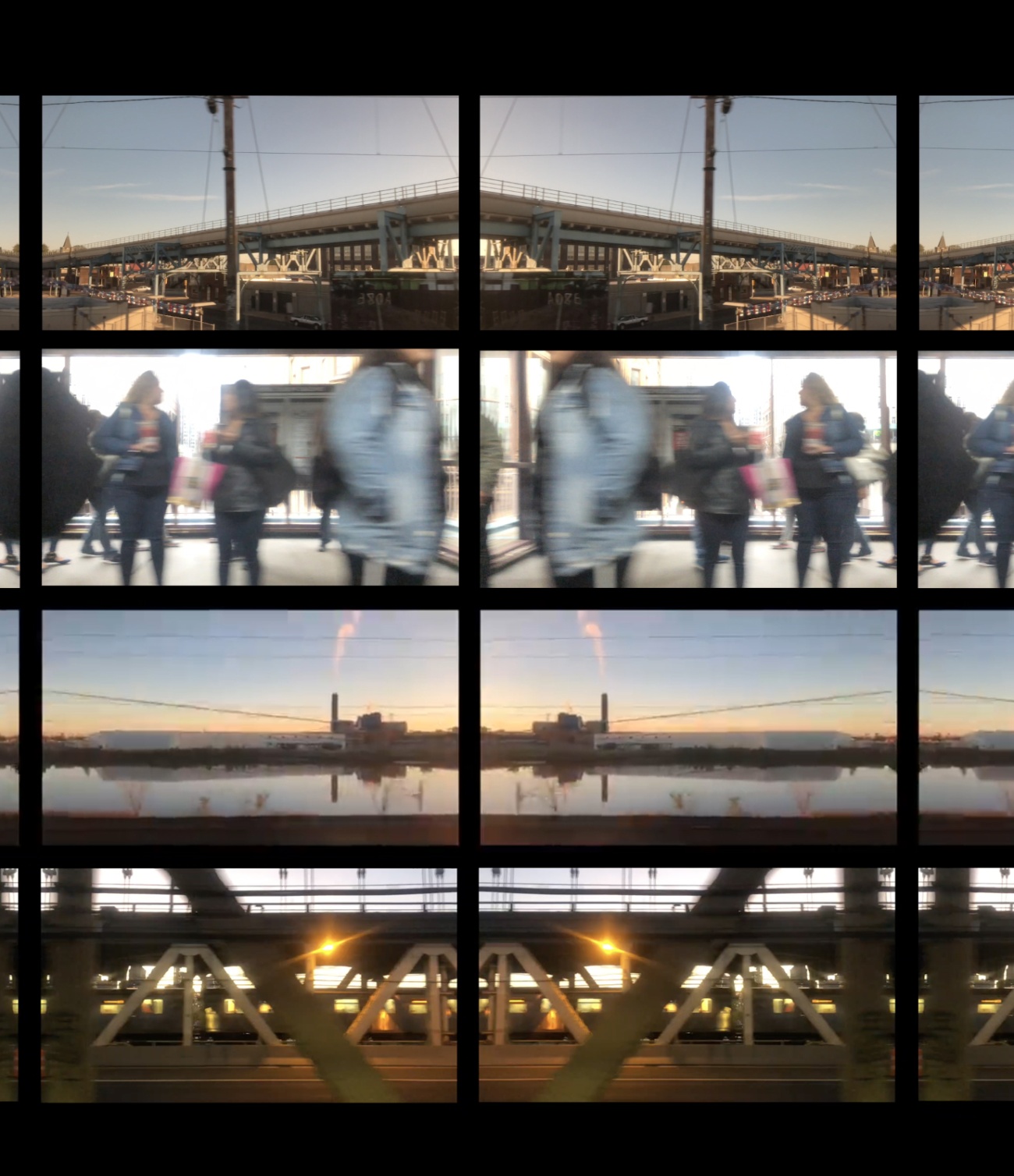
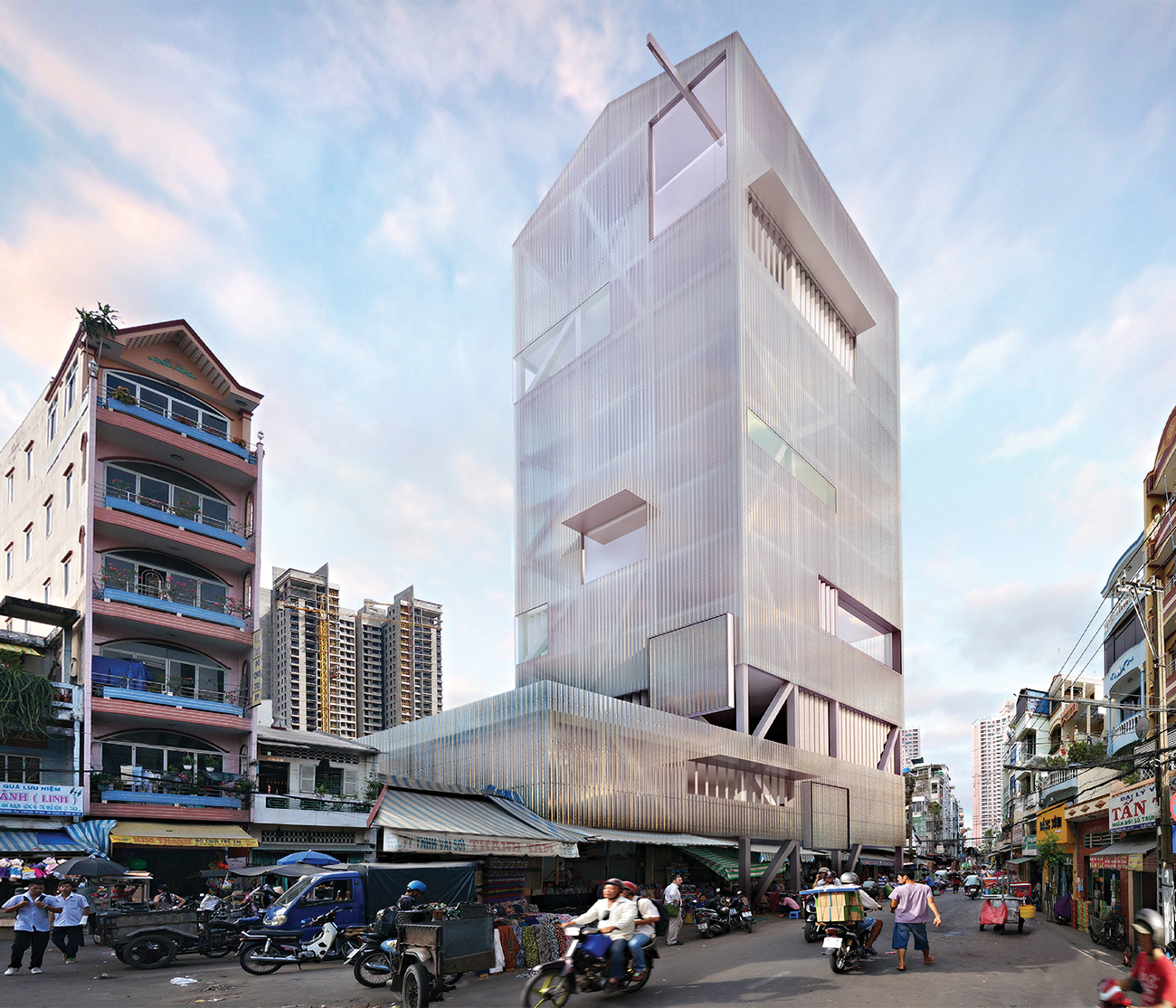
Gretchen Wilkins has been practicing and teaching architecture for nearly twenty years in locations such as Michigan, Australia, and Vietnam. Her practice includes built work, competitions, urban research, and publications.
Wilkins’s current work explores new models for density, industry, and mobility in rapidly transforming cities, including the Future Factory and Post-Oil Cities projects.
Wilkins recently guest-edited a new Wiley publication, Cranbrook Architecture: A Legacy of Latitude about the department with additional contributions from several Architecture alumni.
Gretchen Wilkins will be leaving the Academy to pursue a new opportunity at the end of June 2025. A press release will be issued once the interim appointment is confirmed. Please sign up for Cranbrook Academy of Art email updates to receive our communications.
To strengthen collaboration and connectivity across disciplines, we are uniting our Architecture, Industrial Design, and Interaction Design programs into the newly organized Architecture and Design department.
This reorganization will create a vibrant hub where students can engage with a larger peer community, share ideas, and develop solutions that transcend traditional boundaries.
The Architecture program will continue to be led by Gretchen Wilkins who will collaborate closely with colleagues in the Industrial Design and Interaction Design programs. Students will continue to specialize in their chosen fields of study while gaining expanded access to shared resources, new opportunities, and collaborative experiences.
These changes reinforce the Academy’s commitment to excellence and preparing students to be leaders in their fields. We are confident this evolution will inspire creativity, nurture innovation, and ensure the continued success of our students while honoring the Academy’s legacy.
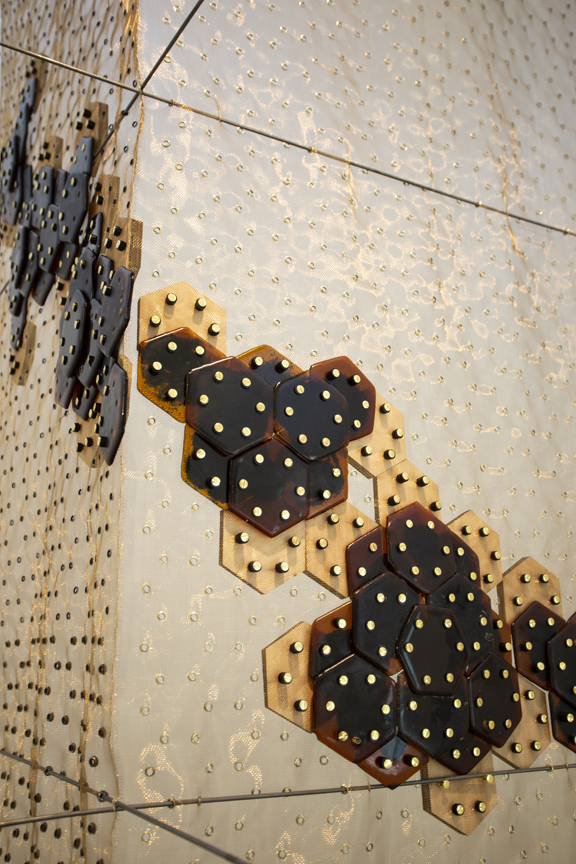
The department is designed to integrate pedagogy with practice. Pedagogy takes place through weekly critiques, reading groups, visiting artists, site visits, exhibitions, one-on-one discussions, and workshops. Practice is the work taking place within the studio as students materialize ideas, ask questions, create spaces, collaborate, and invent new possibilities.
Applicants come from architecture, landscape, urban, interior design, studio art, craft, or other related disciplines. The cohort is united by a dedication to expanding one’s practice and to exploring architectural ideas in broad and expansive ways.
Since our founding, Cranbrook has intentionally not pursued professional NAAB accreditation to remain a space of open experimentation and independent, practice-based research. Our unconventional nature is well suited to anyone who wants to expand their practice, including registered architects, graduates with a professionally accredited or non-professional degree, or those pursuing practices that do not require formal licensing.
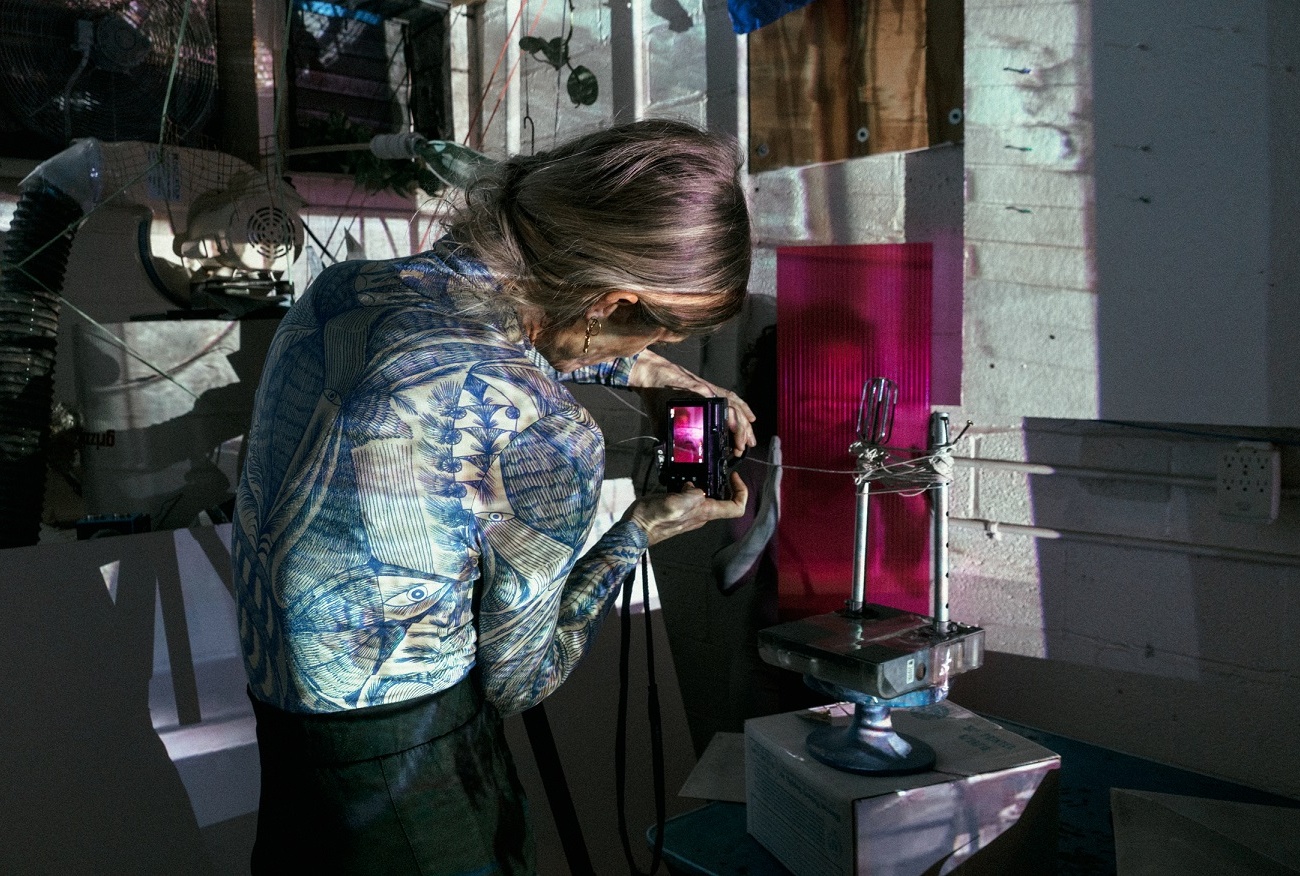
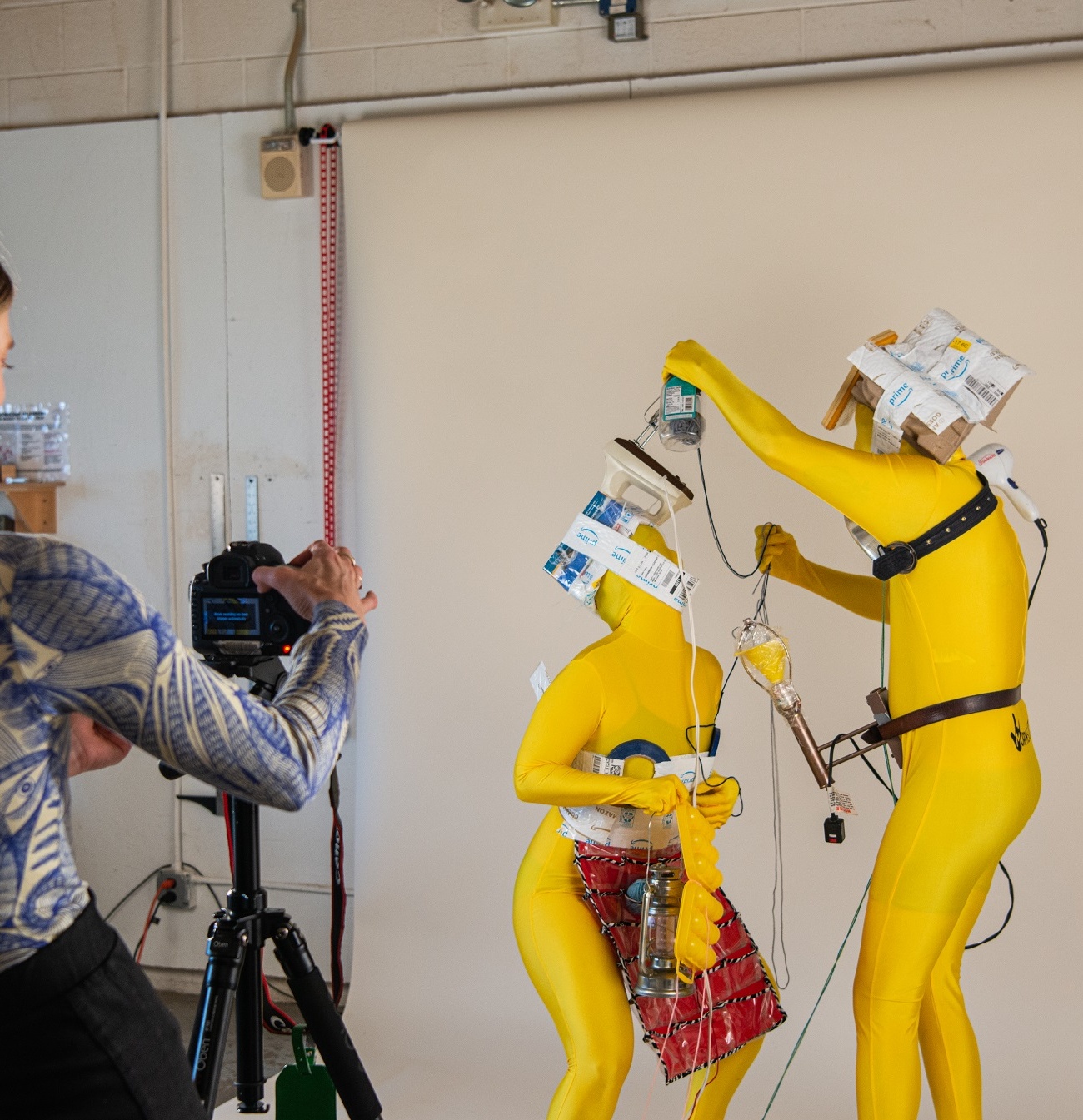
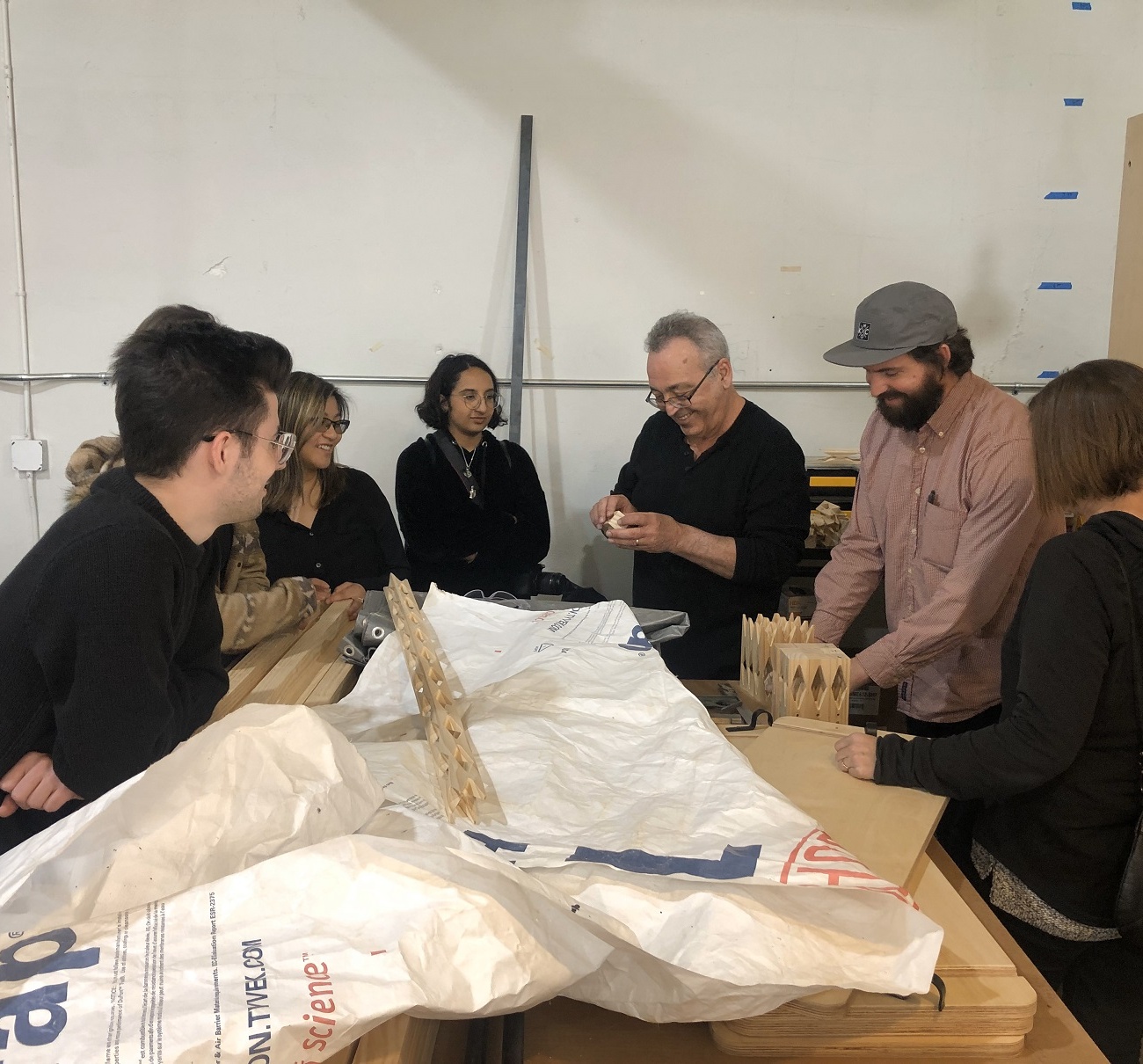
Each year we invite a series of visitors to the department to inform our studio work through public lectures, studio visits, seminars, critiques, workshops, and site visits.
Guests are practitioners and scholars from architecture, art, or urban practices that intersect with themes emerging in the department, or who lead unique or pioneering approaches within or across these disciplines.
Recently we visited the studio and solo show of artist Jason Revok in Detroit, where we talked about art as a practice of inhabiting the city in new ways. We invited alumnus Farid Rakun (MArch Architecture 2013) to discuss his collectives’ curation of documenta 15 (2022). Architect Mabel O. Wilson spoke about her practice Studio &, and Wonne Ickx from Productora presented their work in Mexico City. Architects Nat Chard and Perry Kulper ran a workshop on space and representation, as did artist and body-architect Lucy McRae on improvisational collaboration. We invite people that we are reading, such as Beatriz Colomina, Peggy Deamer, and Geoff Manaugh, among others.
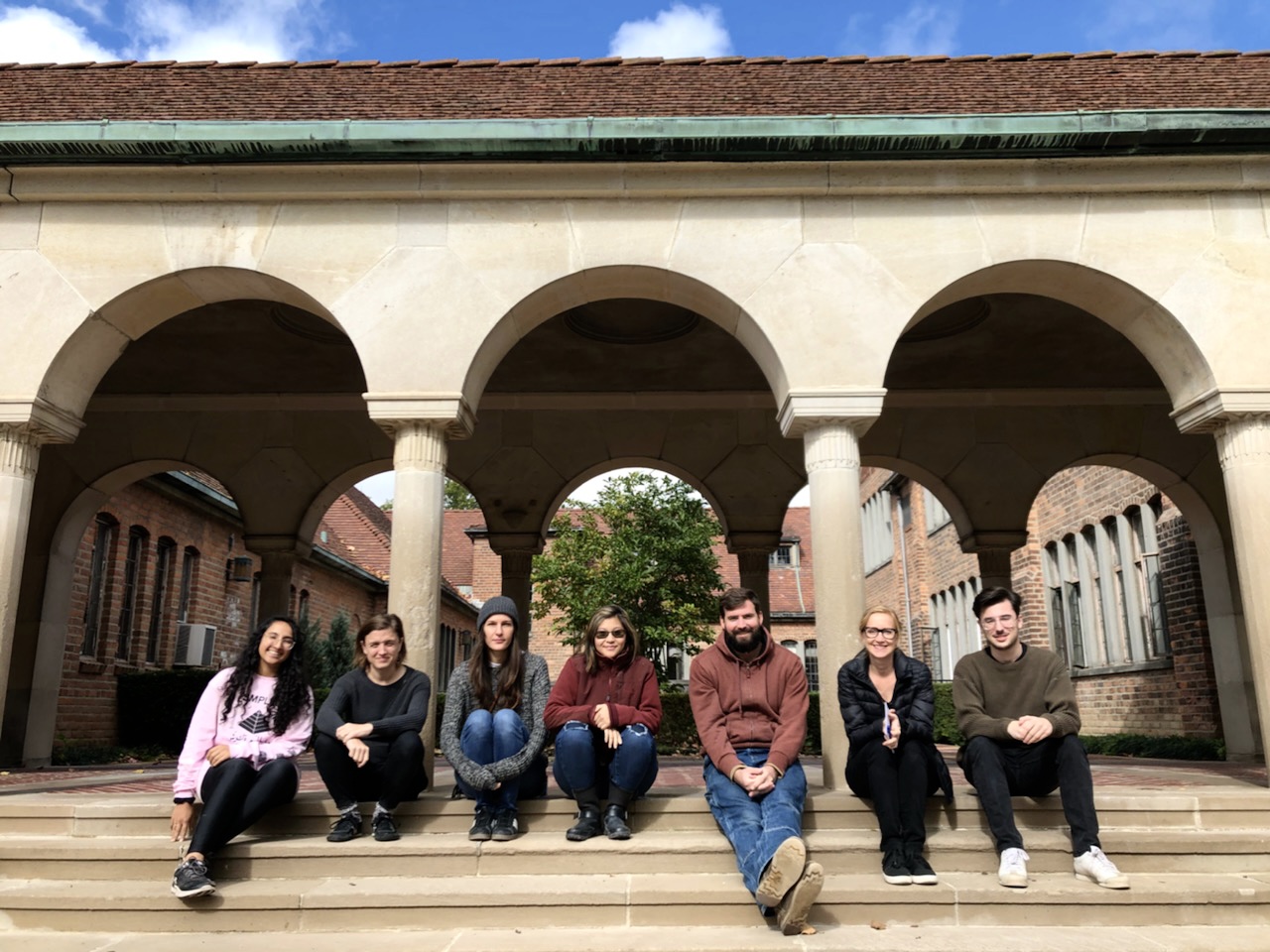
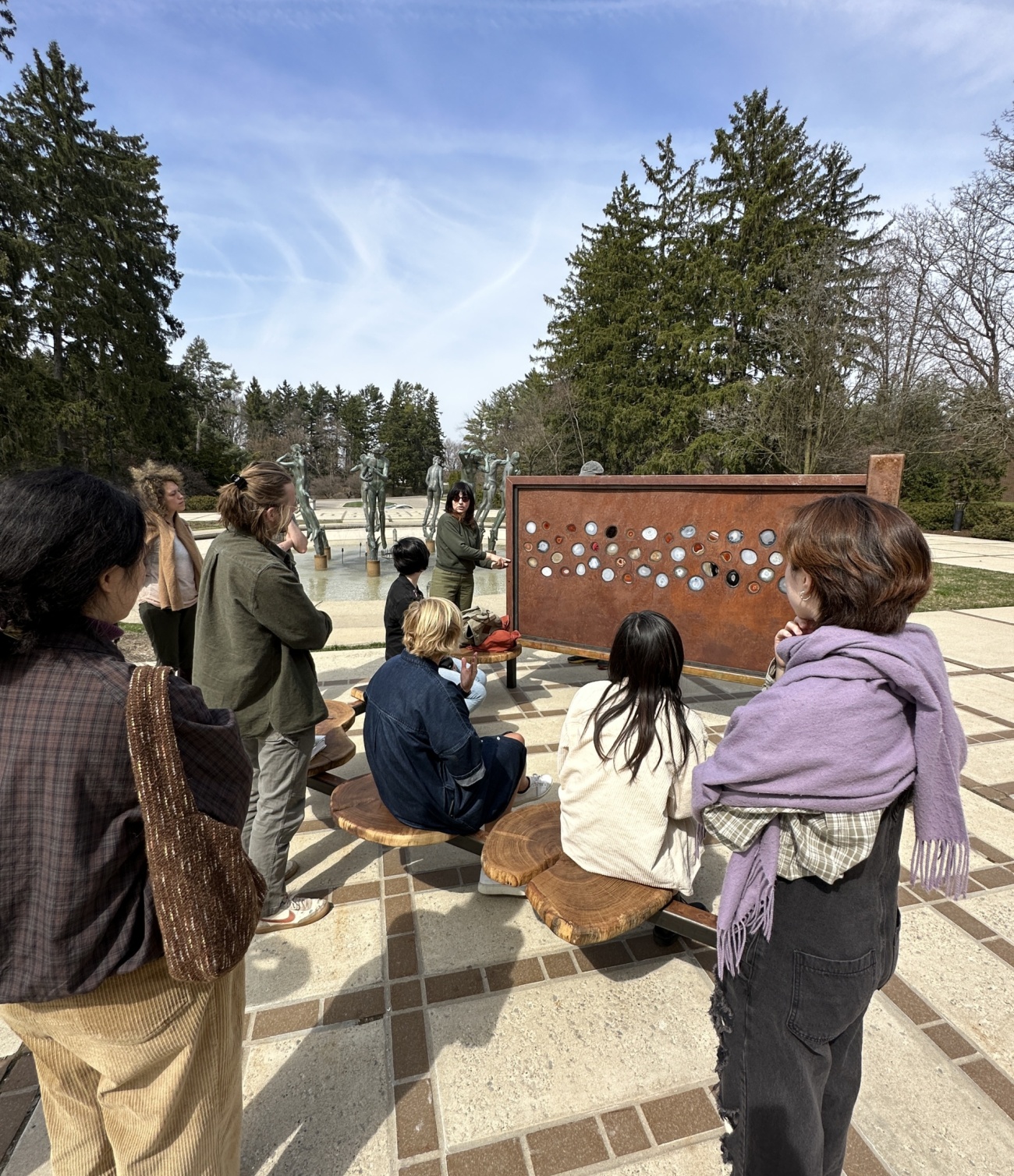
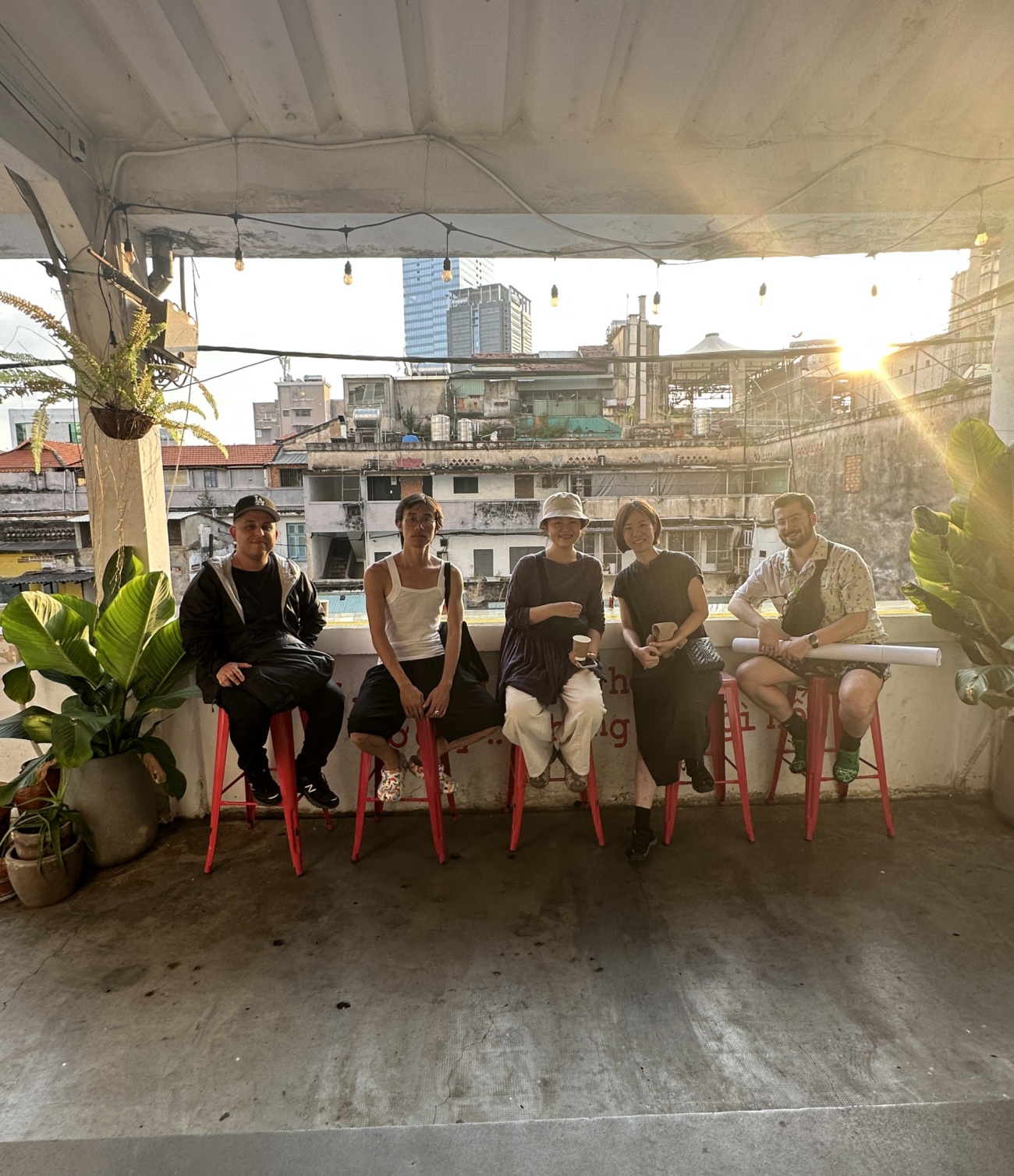
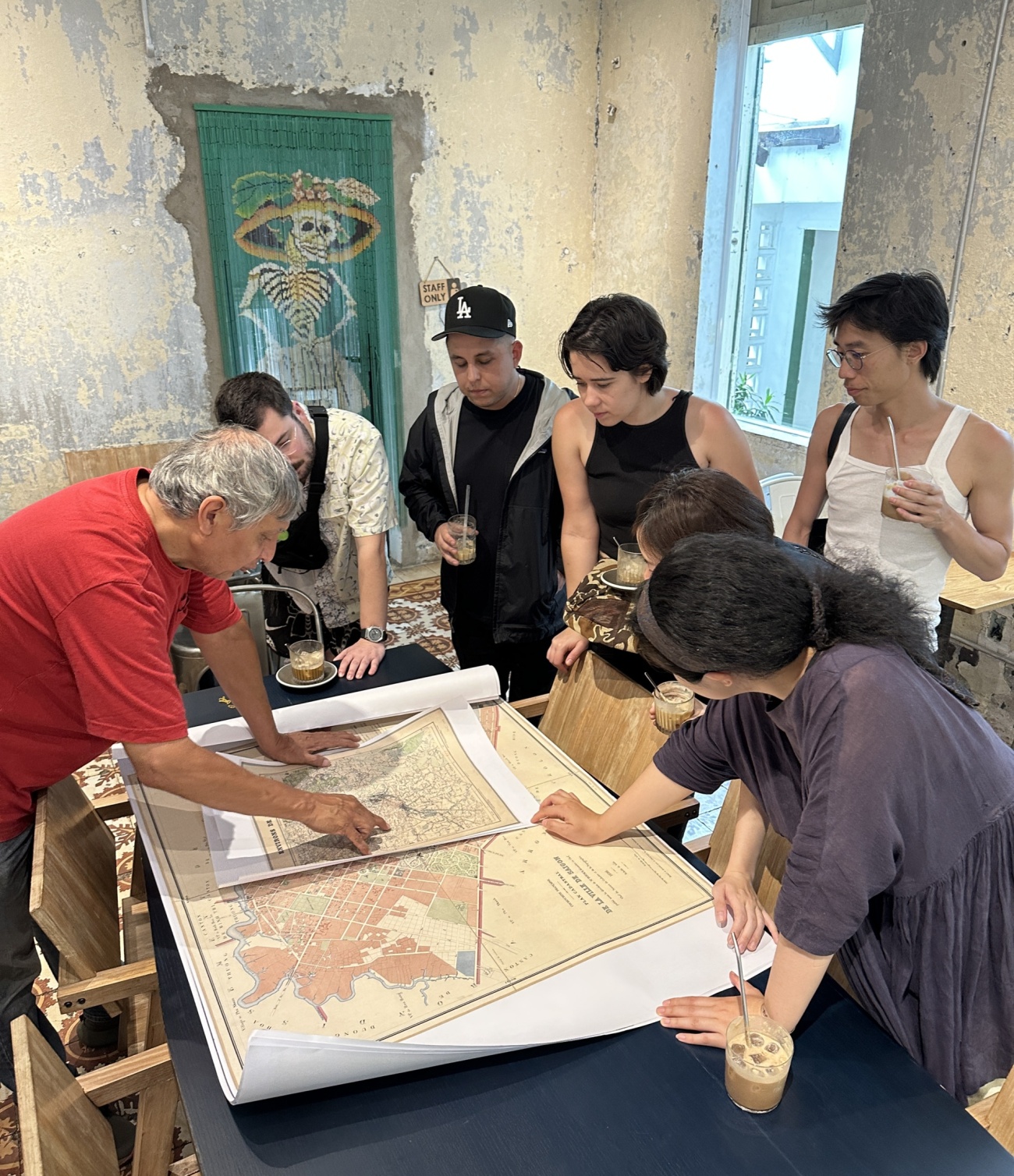
In the Architecture department, you are part of a studio engaged in spatial work and material experiments that advance and reflect on the practice, profession, and education of architecture.
Architecture’s home is an 8,000-square-foot former garage that includes studio spaces, a metal shop, a wood shop, a critique space, a print room, and a shared kitchen. It is a space of immersive making, thinking, experimentation, collaboration, discussion, research, social gathering, and meals. As an industrial facility, we consider the building as a participant in our work, not just its backdrop – offering space and robustness to prototype ideas and test works-in-progress.
The department organizes a trip each year. We visited Ho Chi Minh City in 2022 and New York City in 2019.
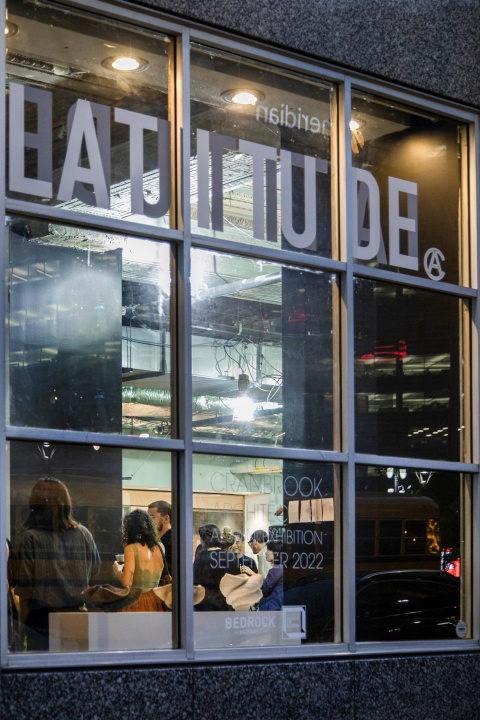
LATITUDE
Architecture alumni exhibition for the 2022 Detroit Month of Design. Photo: PD Rearick
Cranbrook Architecture is embarking on the newest evolution of the program with the development of a project office for collaborative research, design, and making, focused on the city of Detroit. It will act as a platform for students, alumni, and collaborators to explore architectural practices to create sustainable urbanism.
Projects will frame speculative questions about the future of the city and support new models for architectural practice while serving as a resource to curate live projects, creative partnerships, and public conversations.
This initiative will not replace our deeply rooted structure of independently driven studio practice but help to develop and support our students beyond the walls of the Academy.